Another partner in the project was the Gunnison Angling Society, a chapter of Trout Unlimited. Spokesman Mern Judson said the chapter has worked for 10 years to get the old dam replaced and even though the work was scheduled during the chapter's annual Superfly fundraiser, there was no question the work had to be done. http://www.gjsentinel.com/sports/content/sports/stories/2007/09/12/091207_OUT_db_gunny_dam_WWW.html
By DAVE BUCHANAN The Daily Sentinel
Wednesday, September 12, 2007
GUNNISON - An irrigation diversion on the Gunnison River that promises to be fish-, boater- and irrigator-friendly was completed last week after a decade of wrangling among concerned parties.
The new structure, actually three separate smaller dams, was designed by the Colorado Division of Wildlife to replace an earth-and-rock diversion that effectively blocked upstream fish passage during low water and also posed some hazards to boaters.
With Pagosa Springs-based stream rehabilitation contractor Dale Hockett of Elk Ridge Construction doing most of the heavy lifting and with water flow cooperation from the Bureau of Reclamation and the Uncompahgre Valley Water Users, the project was completed inside four days and within the $50,000 budget, said DOW aquatic biologist Dan Brauch.
"I'm very happy with the way it turned out," Brauch said. "From our initial design we put something together that would meet all the purposes of what we are trying to achieve in the project, which included easing kokanee passage upstream and improved boating safety downsteam."
Also vital was maintaining water availability for irrigators and Brauch said the new structure, built largely from large boulders donated by the Colorado Division of Highways from one of its projects near Gunnison, will not only provide water to ditches but also not need the annual maintenance the older dam required.
"The design met all those objectives and then Dale came in and did some slight modifications on-site to make it better," Brauch said. "We ended up with a much more natural-looking structure."
Hockett has worked extensively with stream-rehabilitation guru Dave Rosgen and does most of Rosgen's projects, Brauch said.
Hockett "is great at placing rocks and knows how they need to be built for stability," Brauch said.
That talent is critical, since the new diversion is built to be inundated during spring runoff without washing away, as the old structure did each year.
"Most of the structure will disappear during high water, the only part you'll see is right off the bank," Brauch said. "It's going to be more efficient than the old structure."
Another partner in the project was the Gunnison Angling Society, a chapter of Trout Unlimited. Spokesman Mern Judson said the chapter has worked for 10 years to get the old dam replaced and even though the work was scheduled during the chapter's annual Superfly fundraiser, there was no question the work had to be done.
"They were nice enough to call me and ask if we wanted to postpone the work since it meant lowering the water level in the Taylor River," Judson said. "But I said, ‘Heck no, we've worked 10 years to get this done.' "
The work earlier had to be postponed because of high water levels. The Uncompahgre Valley water users and the Burec agreed to lower flows in the Taylor by 75 cubic feet per second to assist the construction.
Also helping in the project was Ray Trucking of Gunnison and a grant from the Upper Gunnison River Water Conservancy District paid $25,000 toward the work.
"Without their help this would not have happened," Brauch said.
The DOW paid another $20,000 with the remainder coming from water users







